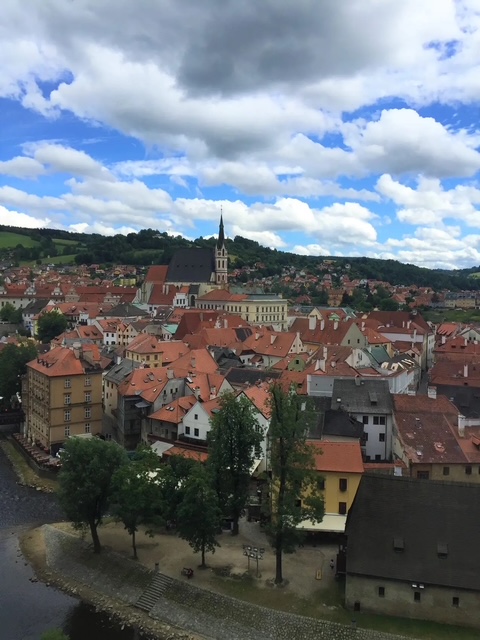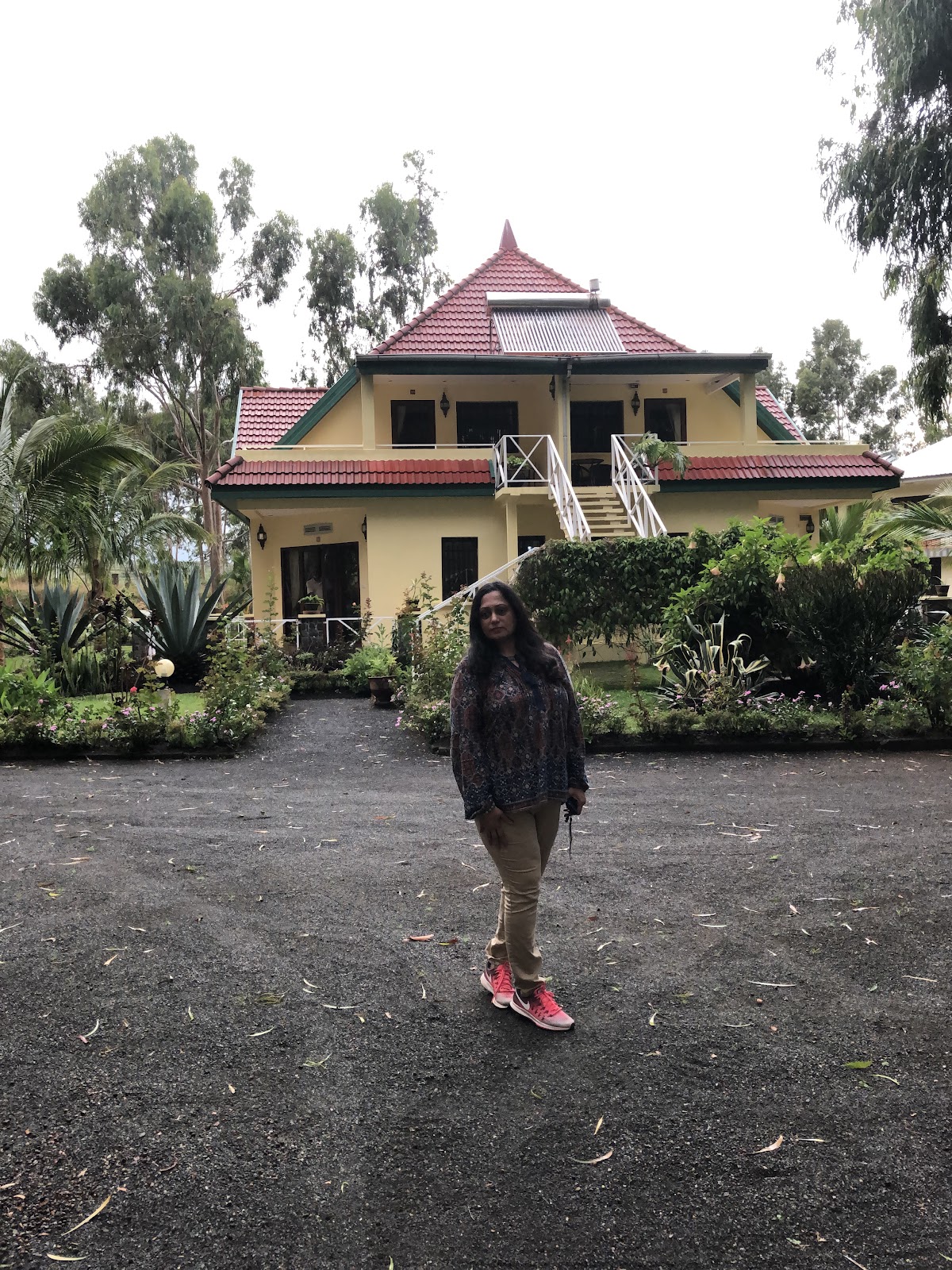UK5....Birmingham.... Roman Bath....
Birmingham, UK: From Cadbury World to Roman Baths
Crossing the Atlantic from Washington, D.C. to London
Heathrow has become almost routine, a familiar journey that feels a little like
visiting family. Heathrow’s corridors and lounges hold the quiet rhythm of
countless past arrivals and departures. This time, my destination was
Birmingham, a city known for its history, canals, and a certain world-famous
chocolate brand.
From Heathrow, my chauffeur met me for the drive up via the
M40. Passing Windsor Castle and Oxford along the way stirred a sense of
nostalgia—reminders of past travels through the English countryside. The gently
rolling landscapes and charming towns never lose their quiet allure.
Cadbury World: Where Chocolate Meets Heritage
The purpose of my trip was business-related, centered around
none other than the renowned Cadbury chocolate factory. Visiting Cadbury World
in Birmingham is like stepping into a real-life version of a childhood dream.
Beyond the business meetings, exploring the interactive exhibits and learning
about the chocolate-making process was genuinely fascinating. The aroma alone
could make any chocolate lover’s heart skip a beat.
Staying in the Venice of the UK
My hotel was set right in downtown Birmingham, overlooking the city’s famous canal system. Birmingham’s canals are an unexpected sight—stretching farther than even those in Venice, earning it the nickname “The Venice of the UK.” Walking along the water, especially in the evenings, offered a peaceful break from work commitments.
Weekend Wandering: BBC Museum and Bath
With a free weekend, I made time to explore more of what the region has to offer. The BBC Museum in Birmingham is a must-visit for media enthusiasts. From vintage radio equipment to modern broadcasting history, it captures the evolution of British media in an engaging way.
I also took a day trip to the historic city of Bath. Walking through the old Roman Baths and fortress felt like stepping back in time. The architecture, the preserved bathhouses, and the sense of ancient history are unlike anything else in the UK.
Final Reflections
PEACE ON EARTH





































